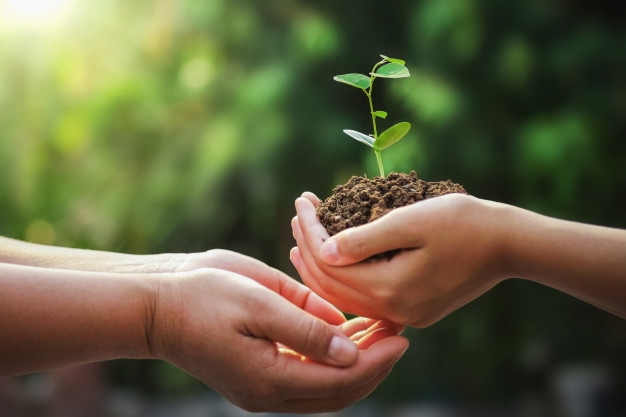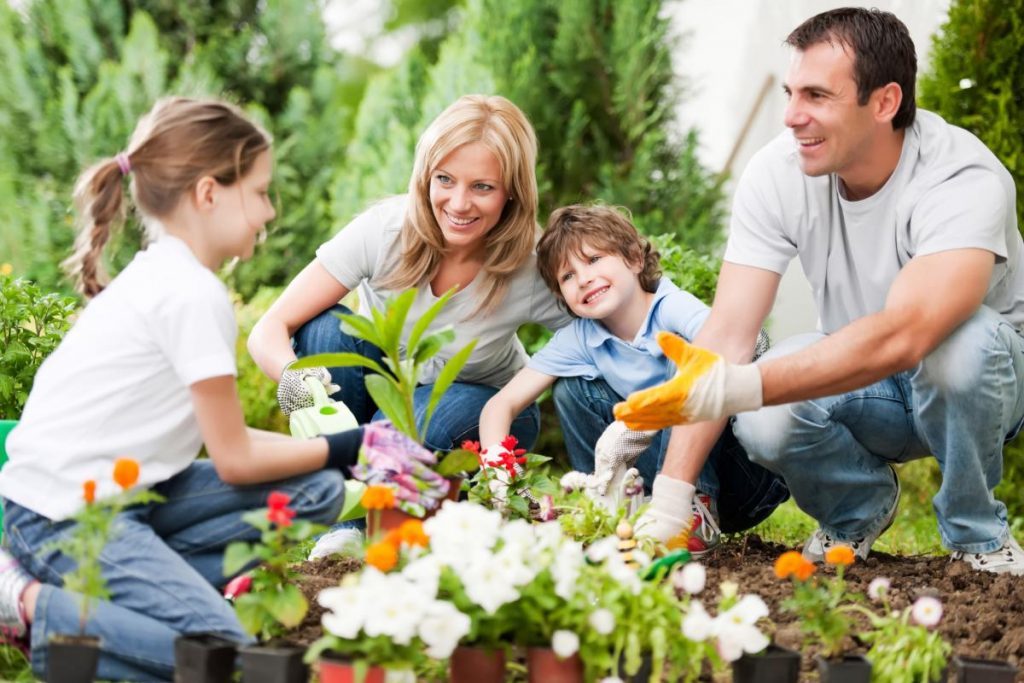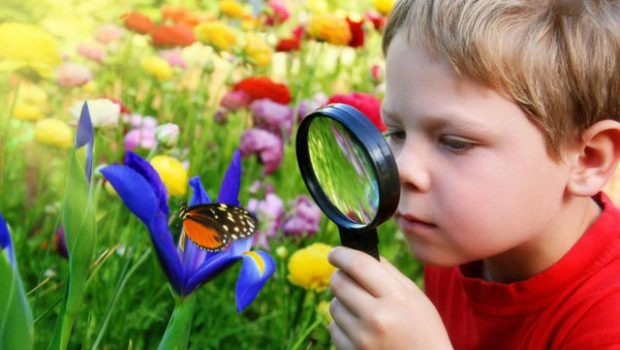In the modern world, issues of environmental preservation have begun to be actively raised. Reusable grocery bags appear, shopping bags are back in fashion. But we all need to understand that correct and careful attitude towards nature must be brought up from childhood.
Main goals
Environmental education is aimed at achieving several goals in children and adults alike. The first is the formation of ethical and aesthetic feelings. City dwellers are divorced from nature and cannot always observe and spend time to embrace its beauty. Children need to convey the idea that the forest and everything in it is not only a resource, but its big part of Mother Nature.
The child needs to understand that everything in nature is interconnected. Plants generate oxygen, birds feed on insects, and small animals become food for large predators. Pollination is impossible without bees, which means that honey cannot be collected.
The second goal is the formation of cognitive interest. A person should be not only a consumer of natural resources, but also a creator.
The third goal is to develop the skill of respecting nature. A child from an early age can understand that it is impossible to litter, pull cats by the tail, throw stones at birds, etc. First of all, parents should demonstrate this, since they are the models for behavior.
Some tricks
There are many ways to develop ideas about nature. In winter, it is worth hanging a bird feeder and regularly filling it with seeds and berries. It will be useful for the child to observe who is arriving and what is eating.
At home, he can be instructed to water the flowers and wipe large leaves with a damp cloth. At this stage, the child is explained that if the flowers are not watered, they will dry out and die. A flower garden or vegetable garden can be set up on the windowsill – greens, onions, garlic, beans, pansies, tulips, etc.

In addition you must always talk with the child on various topics. For example, about what leads to uncontrolled deforestation, about forest fires, what will happen if one species of animals is destroyed. You can use books, videos, films on the protection of nature.
It is advisable to go to the forest, park or other similar area more often. The child can be shown flowers, trees, plants, birds, animals so they understand and decipher. You can find an anthill and demonstrate how hardworking insects drag a heavy load. Also try to choose only eco-friendly toys in your parenting. Explain you kids that they a little steps to save our planet.
A good option is to visit contact zoos, terrariums, botanical gardens. The more the baby is in contact with nature, the better it is or him. It is also important for the development of thinking.

Environmental education is important for the full development of the individual. Adults show how to sort garbage, reduce plastic consumption, how to dispose of certain categories of things, etc. If from childhood a baby is brought up in such an atmosphere, then he will have a thrifty attitude towards nature.
The Blog is contributed by DoEcoLiving

